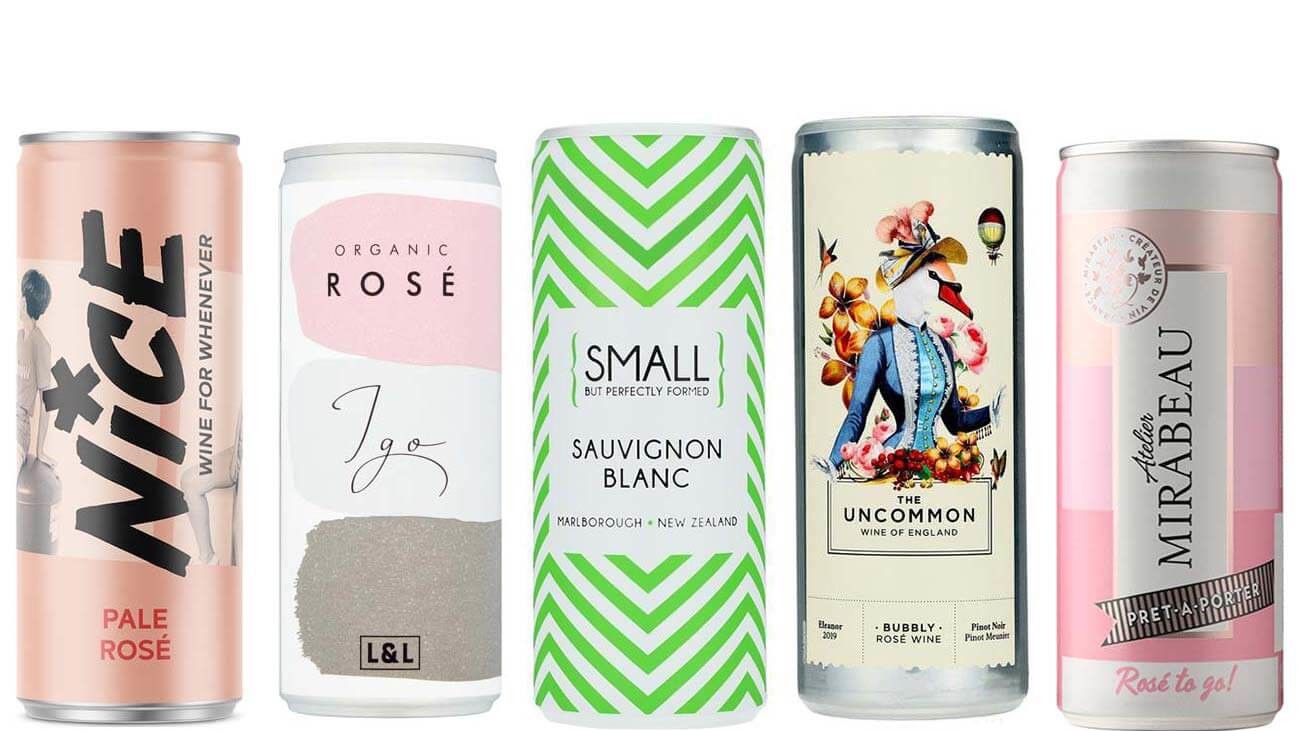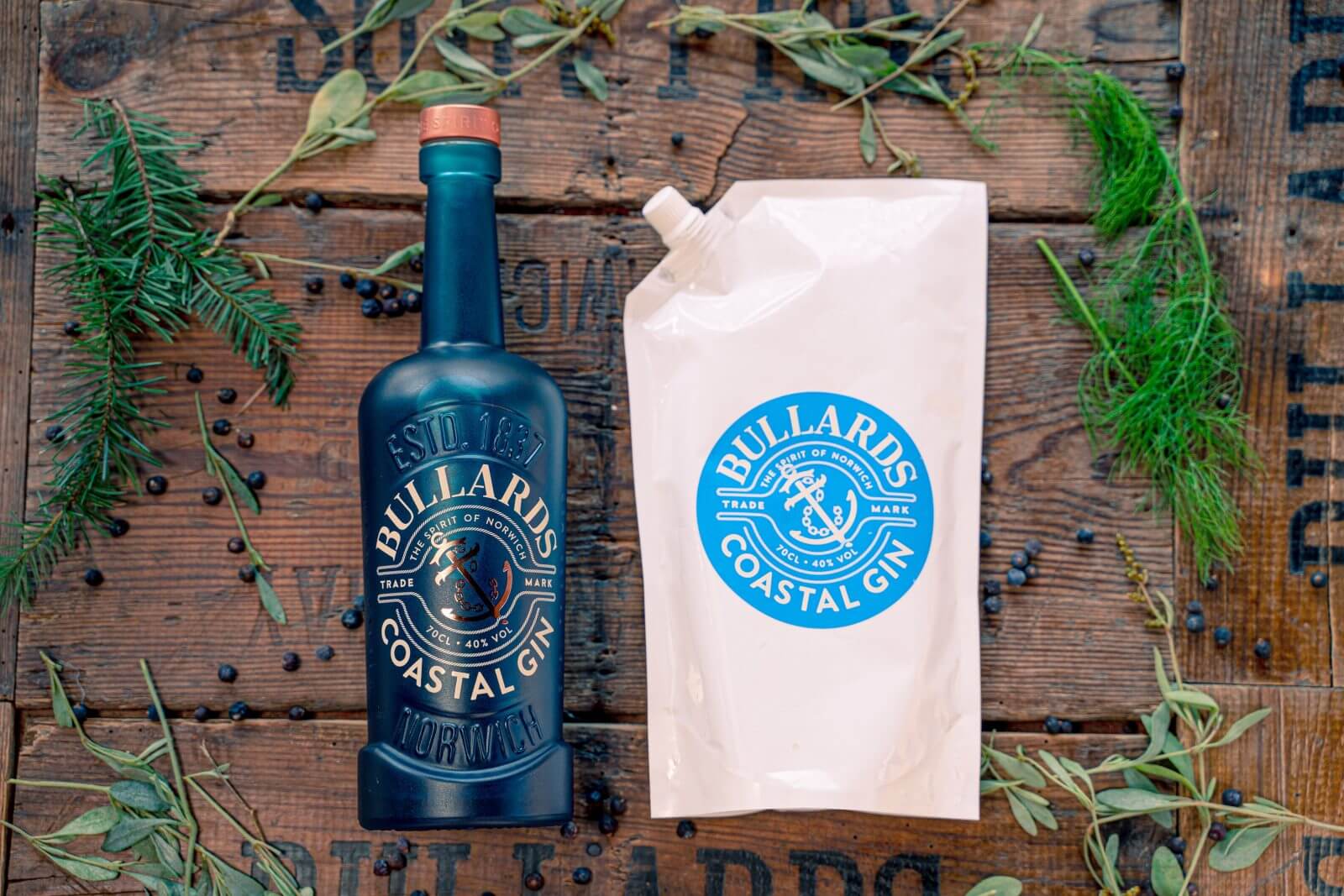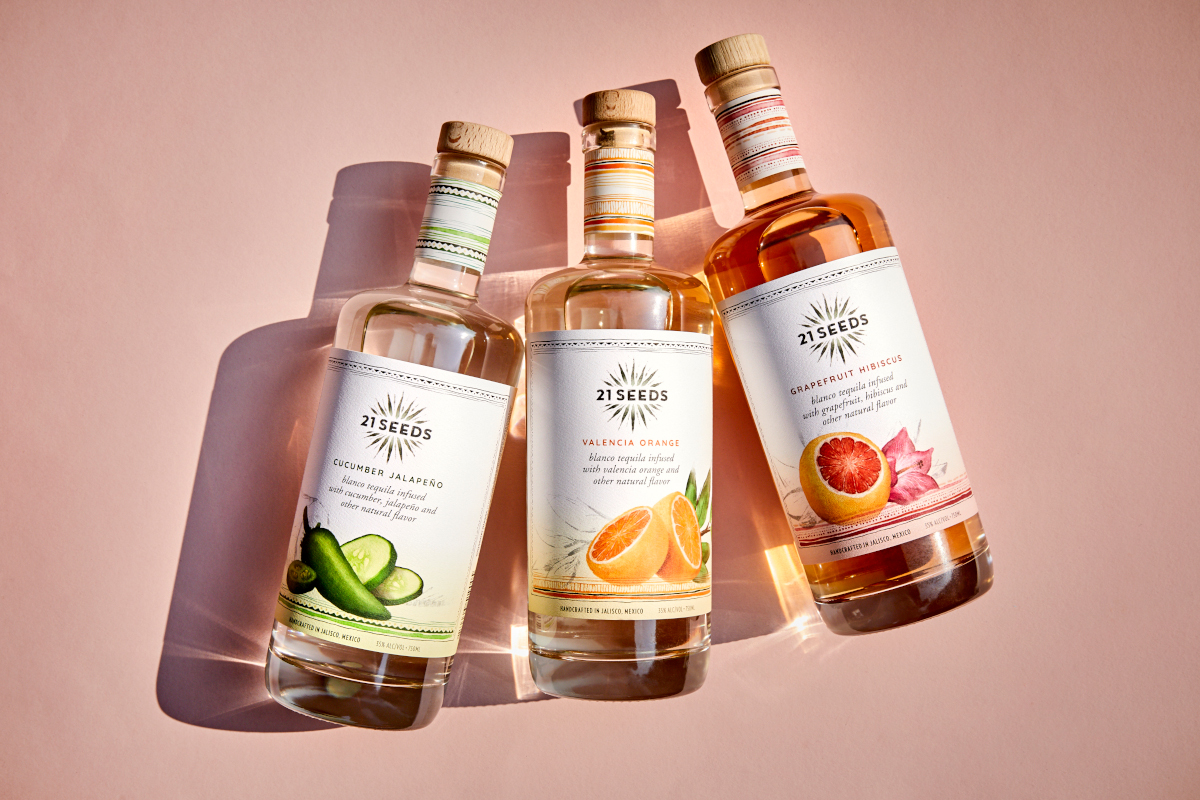Wine has displayed undoubtful dynamism over the last few years. The growth of alternative formats such as bag-in-box and cans is an evidence of that. In Rosé, Whispering Angel and Miraval have become contemporary lifestyle brands and LVMH’s Château Galoupet has broken old paradigms, selling premium rosé wine in plastic packaging and brown recycled glass bottles.
However, the relationship between wine and Millennials / Gen Z has been a challenge for many years. The profile of wine drinkers has been ageing and, over the last decade, wine has lost market share to craft beers, hard seltzer and spirits.
Why? Well, younger LDA (Legal Drinking Age) consumers are more health-conscious and likely to choose lower ABV drinks, abstain from alcohol entirely, or drink across a wider range of categories than their parents. The perceived ‘non-diverse’ image of the wine industry also affected its appeal. Moreover, competition from cocktails on on-trade wine lists has intensified, reflecting new post-pandemic consumer interests. This is true across a number of markets in North America, Europe and Asia.
One of the advantages of our specialism here at Drink Works is the opportunity to look at different drinks categories, and understand what learnings are transferrable across them.
And one thing is unquestionable: the spirits industry has been extremely dynamic and offers plenty of valuable insights. Some of the innovations in Whisky or the recently transformed perception of Tequila would be inconceivable a decade ago.
What can wine borrow from spirits to enhance its appeal to adults under-40 (without alienating older drinkers)? Based on consumer insights and knowledge of both wine and spirits categories, we have put together some thought-starters for wine brands to consider:
Treat sustainability as a top priority, looking beyond the vineyard ecosystem. Expand the environmental benefits into the wider world: in spirits, Salcombe Gin is supporting meaningful initiatives that rewild the oceans and sequester carbon. Partner with alternative closed loop systems and embrace transparency and traceability. Consider solutions that reduce the environmental impact of transportation, exploring innovative product formulations such as concentrates. Make the act of refilling ritualistic and desirable. And once again, and very important: communicate what you are doing and why you are doing it!
Explore functionality. Wine (red in particular) has a ‘halo effect’ and has been traditionally praised for its antioxidant properties. The wine industry has been actively ‘taking away the negatives’: sulphites, alcohol, calories… How about exploring the addition of aromatic extracts with positive associations and/or functional properties instead? (Duly taking into account the regulatory constraints, of course). Look at the spirits business for inspiration and consider Botanicals or other ‘good food – good mood’ ingredients.
Define new ‘visual’ consumption rituals. Aperol’s distinctive bright orange ‘summer in the glass’ is one of the main reasons for its global success. Rosé has also benefitted from its photogenic appeal. Consider the power of Instagram and social media. Value the colour of your wine, consider specific glassware and develop new serving rituals. Could the addition of frozen grapes create a unique presentation for rosé or white wines, whilst chilling (and not diluting!) the drink?
Celebrate provenance. Remind consumers of where your brand comes from and transport them there, across multiple touchpoints. As Malfy Gin has taken ownership of the Amalfi coast, develop an identity, a colour, a ‘feeling’ to your wine brand that is ownable and all yours.
Or challenge provenance. Consumers are embracing new exotic origins, and whiskies now come from locations such as China or Mexico. New unexpected wine regions can bring unique product attributes that consumers will learn to love.

Add convenience to social occasions. The success of RTDs and wine in cans evidence the consumer interest in the convenience of single serves and ‘on-the-go’ drinks. Take convenience to the next level, into the social environment. Introduce mixed party packs for higher-margin brands, creating packaging that makes it easier to chill and serve wine. Collaborate with premium snacks to reinforce innovation and convenience, taking over consumption moments traditionally dominated by spirits.
Embrace lifestyle and culture. Spirits brands are renowned for their deep pockets, and therefore the ability to fund high-profile sponsorships, events and cultural activities. Wine brands can work with tighter budgets by ‘splitting the bill’ and partnering with relevant brands outside of the category, to bring exciting collaborations or develop interesting serving accessories.
If you can’t beat them… Consider extending into adjacent spirits categories that maximise your brand potential and cater to the palate of your consumer base. Gin has been the default extension for rosé wine, hard seltzer has been targeted by lower-priced wine brands… Explore opportunities to use winemaking leftovers to produce gin, grappa, aguardiente: besides adding novelty, this will reinforce your sustainability credentials.
“The profile of wine drinkers has been ageing and, over the last decade, wine has lost market share to craft beers, hard seltzer and spirits”
Tighter margins should not prevent wine brands from learning from spirits and innovating. Well, thought-through strategy and effective execution can help overcome budget constraints (and potential internal resistance in more traditional organisations), and lead to successful commercial results.
All of that said, a small percentage of wine brands should remain ‘precious’ about their brand, and be cautious about more radical moves. But the vast majority can (and should!) innovate – and look for cost-effective strategies that will increase their appeal towards younger LDA consumer groups, paving the way for further long-term growth.

https://www.nytimes.com/2022/02/07/dining/drinks/wine-millennials.html
https://www.theiwsr.com/fewer-new-wine-drinkers-enter-the-wine-market-in-the-us-and-china/
